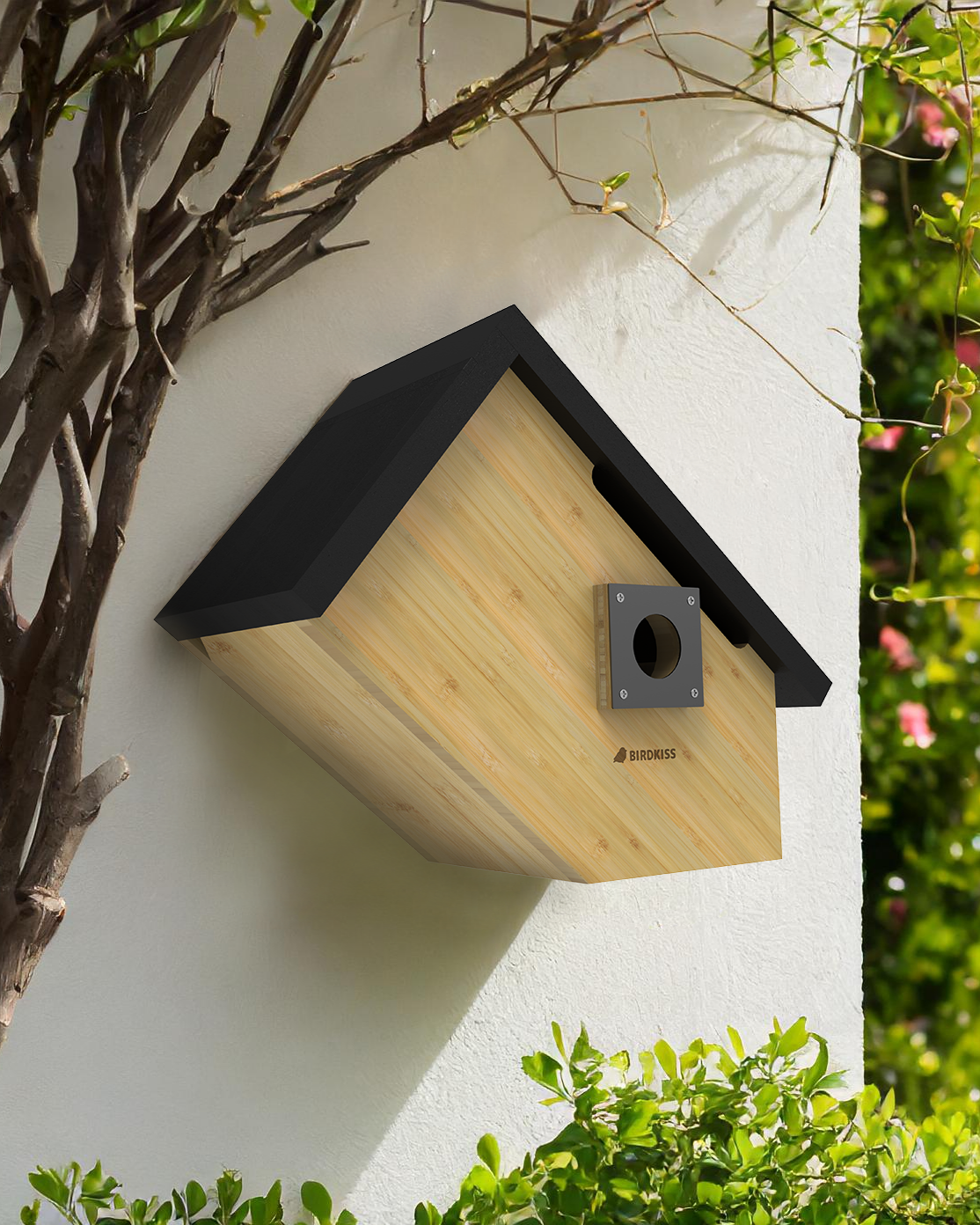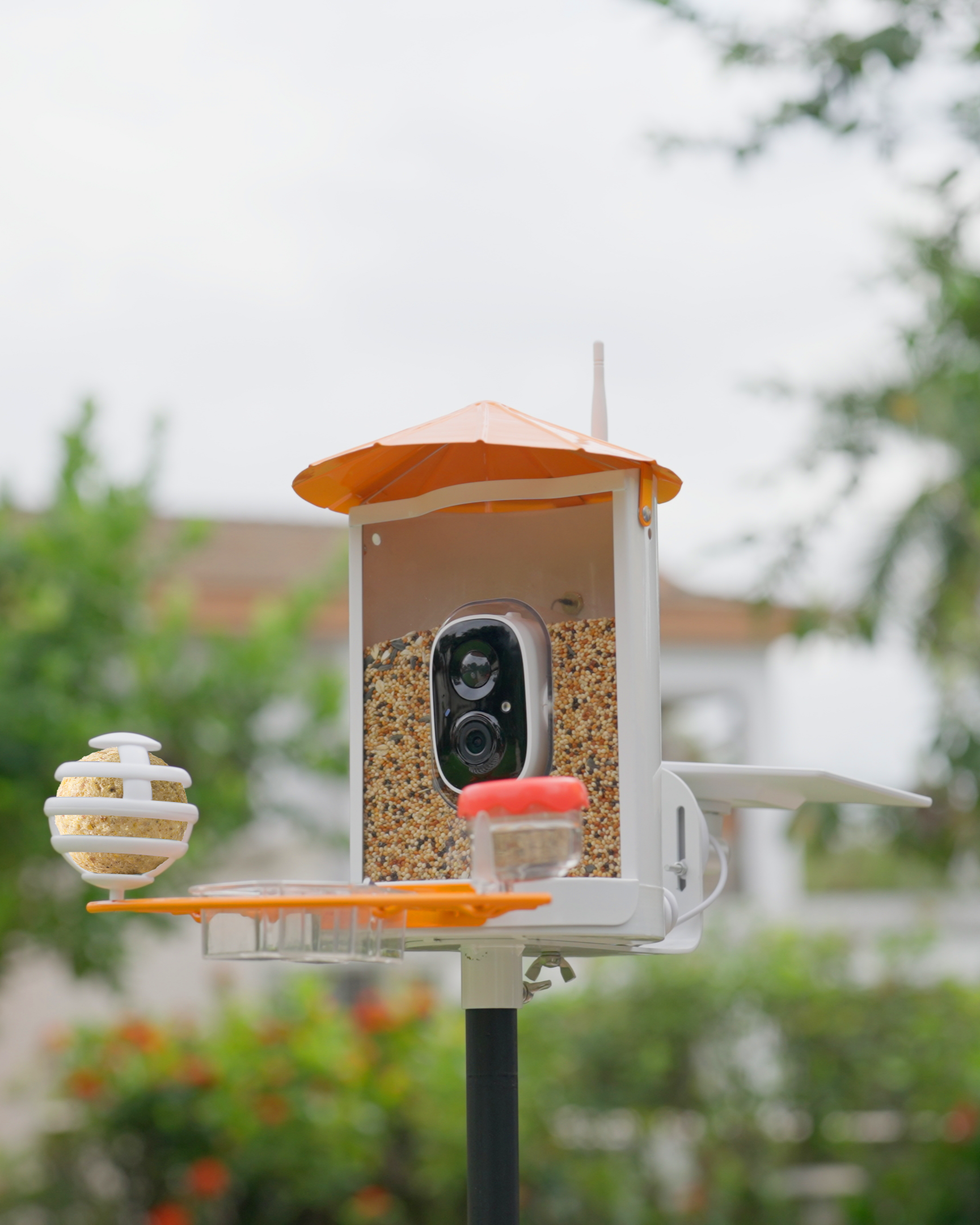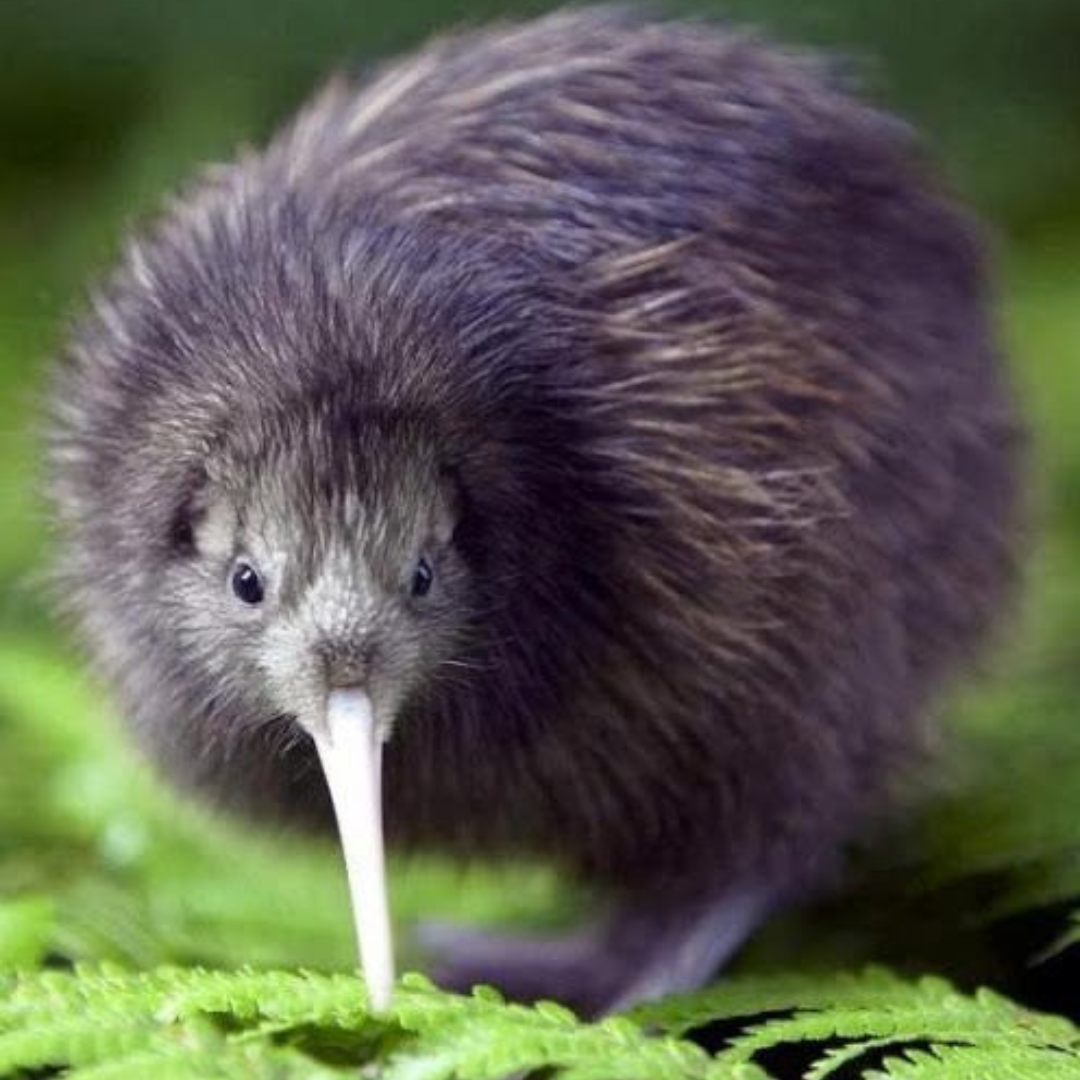Have you ever heard of a bird that acts more like a mammal? Meet the Kiwi, New Zealand's beloved national treasure. This unique, flightless bird gets its name from the male's piercing call—"kee-wii, kee-wii"—that echoes through the forest at night.
A Truly One-of-a-Kind Bird
For thousands of years, New Zealand had no land predators, so the Kiwi never needed to fly. Over time, its wings shrank to tiny stubs hidden under its feathers. But its uniqueness doesn't stop there.
- Feathers like fur: Its feathers are loose and soft, feeling more like fur than typical bird feathers.
- A nose on its beak: It's the only bird in the world with nostrils at the very tip of its long beak, allowing it to sniff out food like worms and insects deep in the soil.
- Poor eyesight, amazing senses: With small eyes, the Kiwi can't see very well. Instead, it relies on its powerful sense of smell and hearing to navigate the dark. It even has whiskers, just like a cat!

The Kiwi and the Kiwifruit
You might wonder why the fuzzy brown fruit shares a name with the bird. The story is simple: kiwifruit actually originated in China. When it was brought to New Zealand, marketers thought it looked just like their small, brown, fuzzy national bird, so they cleverly renamed it "Kiwifruit." The name stuck, and both became famous worldwide.
A Giant Egg and Independent Chicks
The Kiwi holds a world record. A female lays an egg that is enormous for her size, weighing up to 25% of her own body weight. That's like a human mother giving birth to a 15 kg (33 lb) baby!
After she lays the egg, the male often takes over, incubating it for a long 70 to 90 days. When the chick finally hatches, it's already fully feathered and is never fed by its parents. After a few days, it heads out of the burrow to find its own food.

A National Icon Under Threat
To New Zealanders, and especially to the Māori people who see it as a sacred treasure (taonga), the Kiwi is a symbol of the nation's unique wildlife.
But this special bird is in trouble.
Today, there are only about 68,000 Kiwi left, and their numbers are falling by 2% every year in areas without protection. The main threats are introduced predators that are not native to New Zealand.
- Stoats are the number one killer of Kiwi chicks.
- Dogs, even playful ones, can easily kill an adult Kiwi.
- Cats also hunt young chicks.
In the wild, a shocking 95% of Kiwi chicks die before they reach adulthood.
But There Is Hope
The good news is that New Zealanders are fighting back. Across the country, community groups and conservation projects work hard to control predators and create safe places for Kiwi to live. In these protected areas, Kiwi populations are not just surviving—they are growing. Thanks to these efforts, there is hope that the sound of the Kiwi's call will continue to echo through the forests for generations to come.
*The image was sourced from Pinterest.







Leave a comment
All comments are moderated before being published.
This site is protected by hCaptcha and the hCaptcha Privacy Policy and Terms of Service apply.